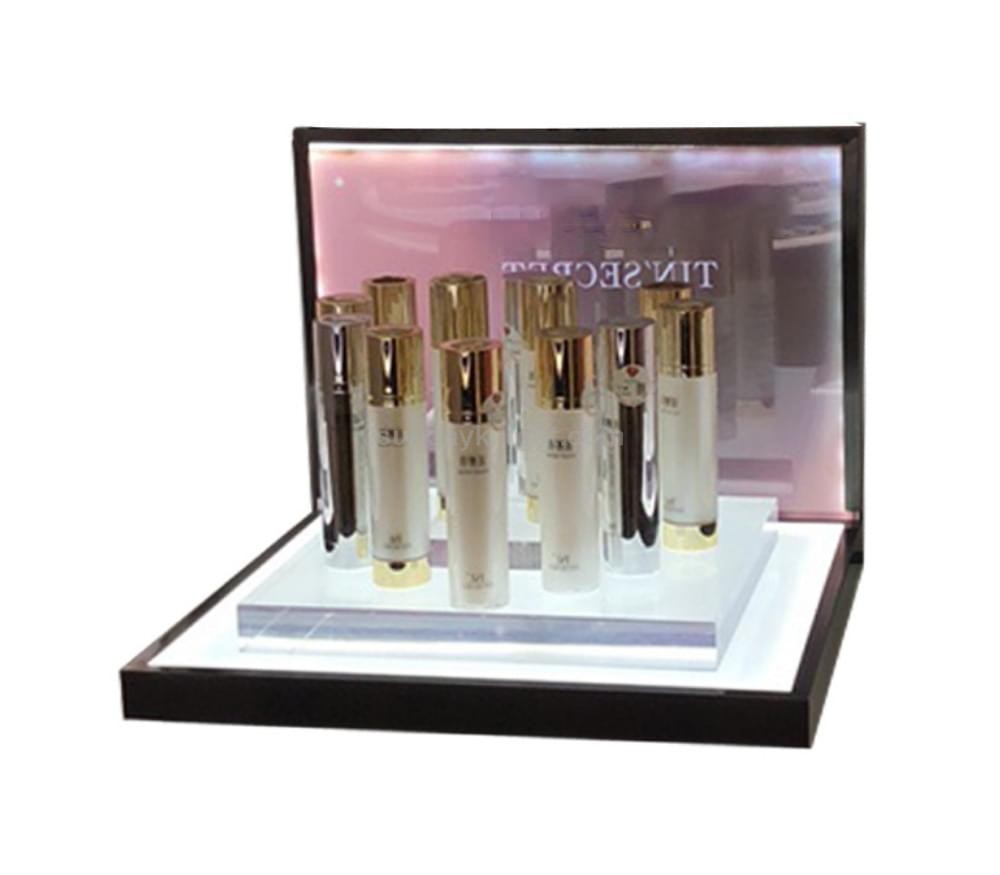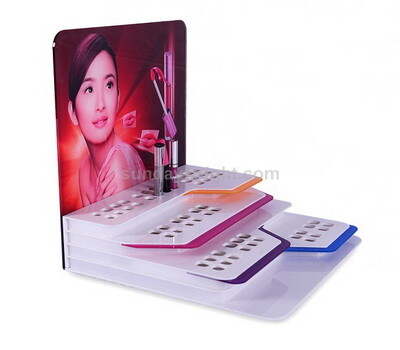Acrylic display products have become an essential part of modern retail, exhibition, and product showcasing. Whether in a store, trade show, or museum, acrylic displays offer a sleek, professional, and versatile way to highlight merchandise or artwork. The success of these displays depends not only on their design but also on the careful selection and pairing of materials. In this article, we will explore the key factors to consider when choosing materials for acrylic display products and how to effectively combine acrylic with other materials to enhance functionality, aesthetics, and durability.



Understanding Acrylic as a Material
Acrylic, also known as PMMA (Polymethyl Methacrylate), is a transparent thermoplastic often used as a glass alternative. Its clarity, lightness, and resistance to UV degradation make it a popular choice for displays. Acrylic can be fabricated into various shapes and sizes, making it incredibly versatile. Additionally, it is durable and less prone to shattering than glass, which makes it safer and more suitable for environments with high foot traffic.
However, despite its many advantages, acrylic does have its limitations. While it is resistant to UV light and weathering, it can scratch easily and may show signs of wear over time if not cared for properly. For this reason, choosing complementary materials that either protect or enhance acrylic displays can help improve their lifespan and overall appeal.
Material Selection for Acrylic Displays
When selecting materials to accompany acrylic in display products, several factors need to be considered, including the aesthetic objectives, the product’s intended use, and budget constraints.
- Wood
Wood is a classic material that can pair beautifully with acrylic, particularly in high-end or boutique settings. Wood adds a warm, natural feel to the display, contrasting nicely with the sleek and modern appearance of acrylic. Wood can be used for bases, frames, or shelves within acrylic displays, creating an elegant yet sturdy construction. For example, a retail jewelry display might feature an acrylic frame with a wooden base to highlight the products in a refined and sophisticated manner.
Wood types like oak, walnut, or maple are common choices for high-quality displays, offering varying shades and textures that can be tailored to fit the branding or style of the environment. Additionally, wood can help add weight to an acrylic display, providing stability for larger or heavier items. However, care should be taken to select wood finishes that complement the acrylic, avoiding clashing tones or textures.
- Metal
Metal is another material often paired with acrylic to provide a contemporary or industrial look. Metals like stainless steel, aluminum, and brass are commonly used for structural components of display units, such as stands, supports, and mounts. The combination of acrylic’s transparency and metal’s strength offers both visual appeal and durability.
Metal frames and bases can enhance the sturdiness of acrylic displays, particularly in larger installations or when holding heavy items. A polished chrome or matte black finish can add a sleek, modern edge, while a brushed brass or copper finish can create a more vintage or luxurious feel. The contrast between the cool, reflective surface of metal and the clarity of acrylic creates an attractive visual harmony that suits both retail environments and exhibitions.
- Fabric and Textiles
Textiles are often used in conjunction with acrylic displays to create a soft contrast in texture. Fabrics such as velvet, felt, or cotton can be used to line the interior of acrylic cases, helping to protect delicate items like jewelry, art, or collectibles. For instance, a velvet-lined acrylic box not only provides a safe resting place for high-end watches but also elevates the visual appeal by adding a touch of luxury and sophistication.
Moreover, fabric can be incorporated in the form of banners, backdrops, or display mats, serving to reinforce the theme or branding of the exhibition. Custom-printed fabrics can enhance the overall marketing message by showcasing logos, product images, or other promotional designs behind an acrylic display case.
- Glass
Glass is sometimes used alongside acrylic for added aesthetic impact, particularly in luxury or high-end displays. While acrylic offers better durability and resistance to breakage, glass can enhance the perceived quality of a display due to its optical clarity and smooth finish. In some cases, glass shelves or glass fronts on an acrylic display case create an elevated presentation while still maintaining the benefits of acrylic’s lightweight nature.
However, glass can be heavier and more fragile, which makes it a less practical choice for displays that need to be moved frequently. It is best suited for static displays that require an additional layer of elegance.
- LED Lighting
Incorporating LED lighting into acrylic displays is another popular choice. Acrylic’s transparent and light-reflective properties make it an ideal medium for showcasing illuminated objects. LED strips can be embedded within the structure of the display or used as backlighting to create dramatic effects that draw attention to specific products. For instance, backlit acrylic panels can make signage or product labels stand out, while LED lights can highlight individual items in the display.
Lighting not only enhances the visual appeal of a display but also serves a practical function, improving visibility and attracting customers’ attention. The combination of acrylic and LED lighting offers flexibility and creativity in showcasing products.
Best Practices for Combining Materials
When pairing materials with acrylic for display purposes, it’s important to consider both functionality and aesthetic harmony. Here are some tips to keep in mind:
- Maintain Balance: Ensure that no one material overwhelms the other. For instance, a metal frame can add strength without detracting from the clarity of the acrylic, while wood can provide an organic contrast to the modern, synthetic nature of acrylic.
- Consider Durability: Think about the display’s environment and the type of products being showcased. If the display is in a high-traffic area or used outdoors, materials that are durable, resistant to wear, and easy to maintain should be prioritized.
- Think About Branding: The materials chosen should align with the branding or image you wish to convey. High-end products might require luxurious materials like glass and velvet, while a modern, minimalist brand might favor clean acrylic and metal combinations.
- Experiment with Color: Acrylic comes in a variety of colors and finishes, including frosted, tinted, and mirrored options. Experiment with these variations to create unique displays that catch the eye and stand out in any setting. Conclusion
Acrylic displays offer unparalleled versatility, and when combined with other materials like wood, metal, fabric, glass, and lighting, they can achieve stunning results that both attract attention and protect the showcased items. Careful material selection and pairing are essential to creating displays that not only look great but also serve their functional purpose. By balancing aesthetics, durability, and practicality, businesses and designers can create display products that enhance both the customer experience and the products themselves.
